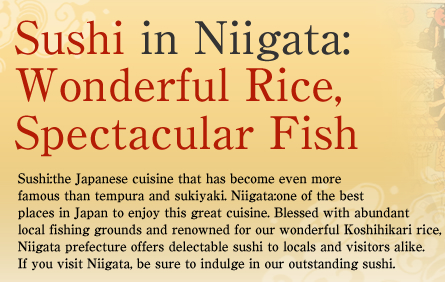Today's sushi is known worldwide as a healthy food―low in calories, low in fat, and high in nutrition. Modern sushi emerged from the practice of fermenting freshwater fish in salt and rice for the purposes of preservation. Then, in the Edo period, sushi took its current form, becoming popular in the city of Edo (old Tokyo) as a new type of fast food eaten standing at outdoor stalls. Today sushi remains one of the favorite foods of the Japanese people. Niigata, a major rice producer with abundant seafood resources, is recognized as one of the best places to eat sushi.
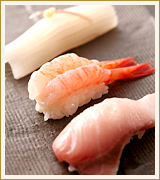
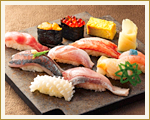
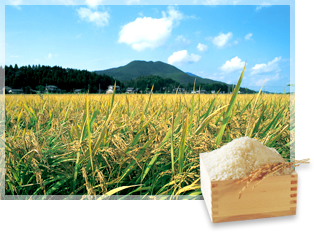
Niigata is Japan's top rice producer in both quantity and quality. Natural conditions are ideal, as winter snowfalls ensure a plentiful supply of mountain water and the tempera-ture difference between night and day persists from initial planting to harvest. Moreover, Niigata was also one of the first areas in Japan to take up selective rice breeding, leading to today's famous brand of Niigata Koshihikari rice.
Niigata's many rivers carry nutrients from the mountains into the sea, generating high-quality plankton and stimulating the growth of marine plants, fish, and shellfish in the nearby waters. The abundance of food attracts and fosters very tasty fish, including an especially wide variety of seasonal white-fleshed fish (shiromi). Indeed, Niigata is known in Japan as the "kingdom of shiromi," a place where delicious seasonal white fish is available all-year round.
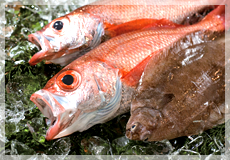

Niigata sushi quotient life hygiene trade association
TEL.+81-25-246-3020 FAX.+81-25-246-3030
Copyright (c) 2008 Niigata_Kiwami. All rights reserved.





